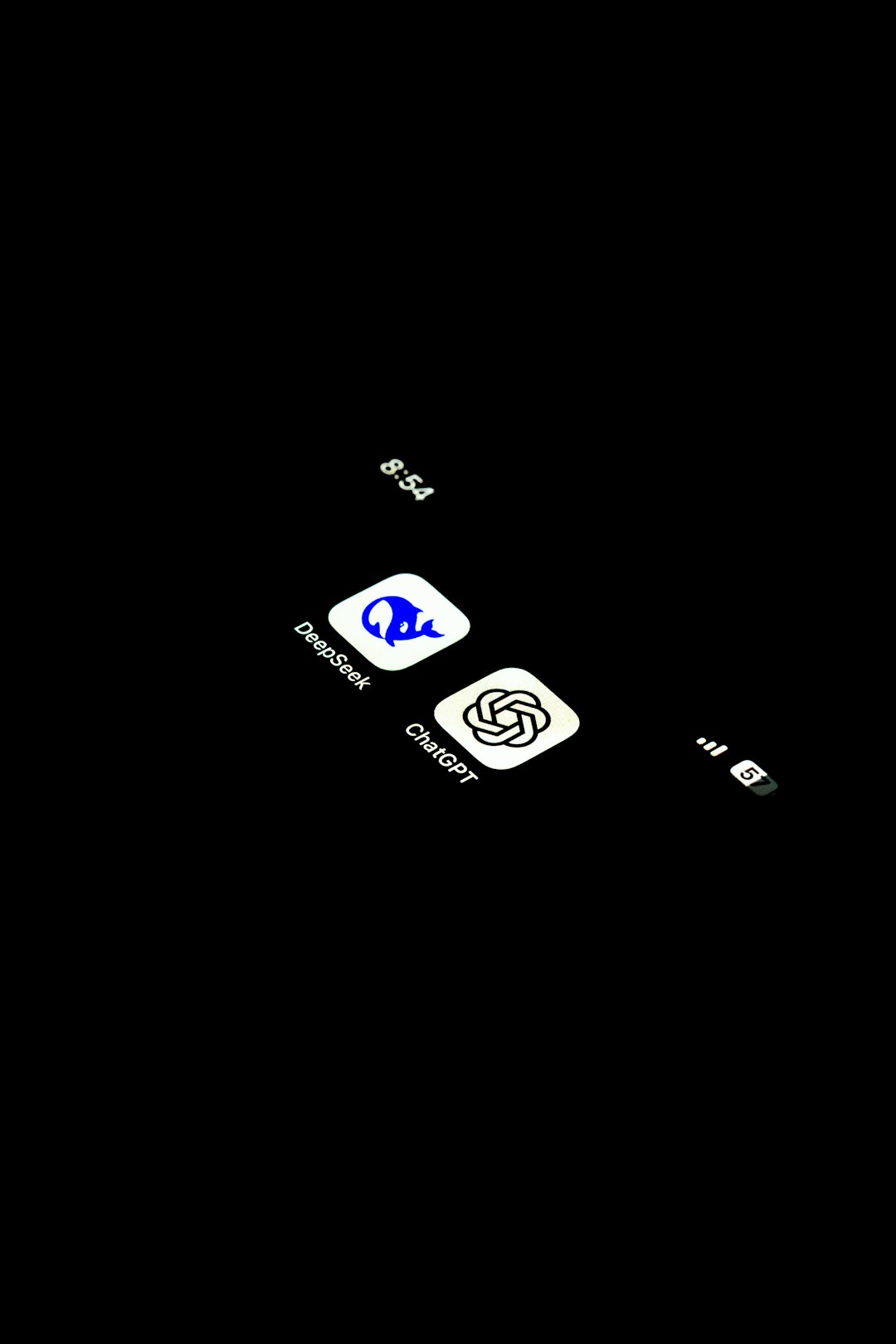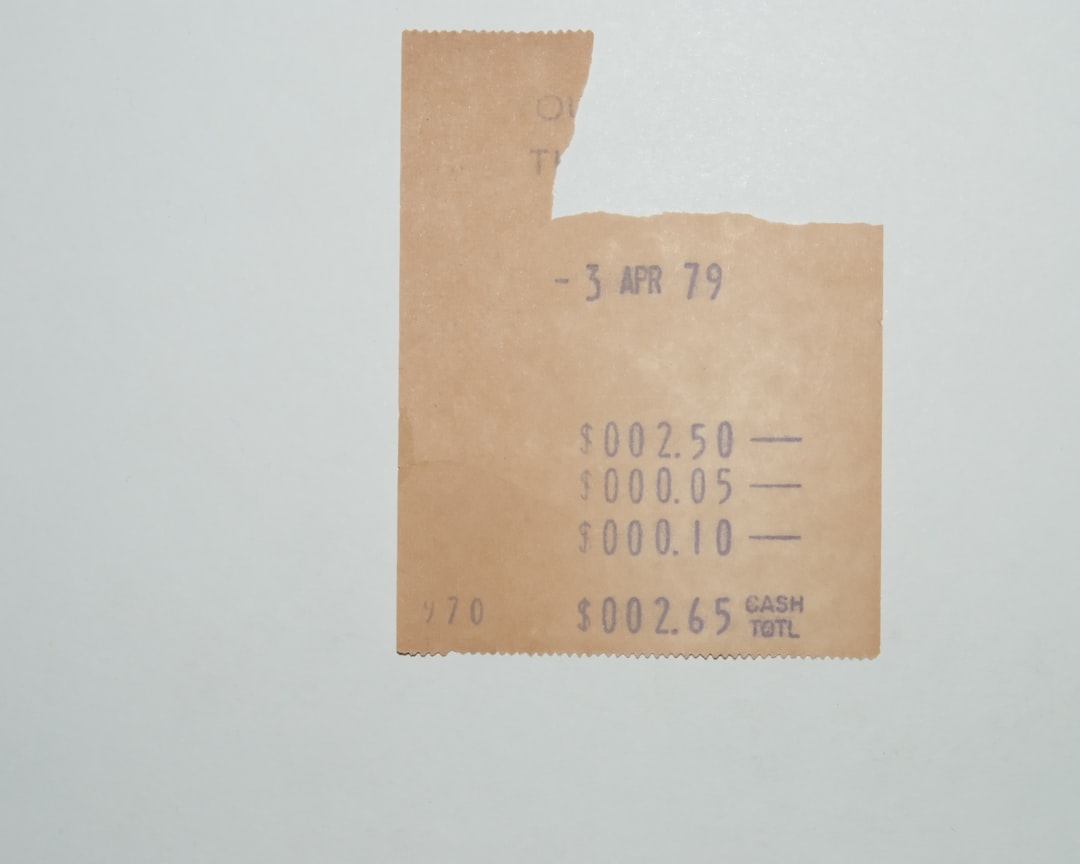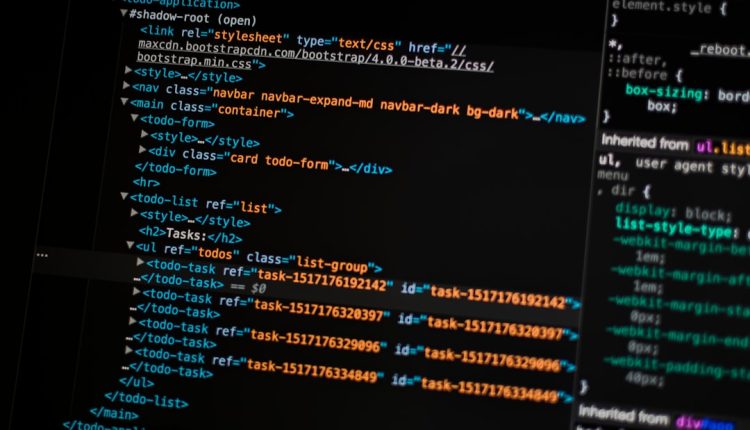Quick Response (QR) codes have become an essential part of our daily lives, used for everything from restaurant menus to digital payments. These square-shaped barcodes can store significant amounts of data and are easily scannable with smartphones and other devices. But what happens when a QR code gets damaged? Can it still be read?
Understanding QR Code Error Correction
Table of Contents
One of the key features that make QR codes so reliable is their error correction capability. QR codes use a system called Reed-Solomon error correction, which allows them to be read even if part of the code is missing or distorted.
There are four levels of error correction in QR codes:
- Low (L): Can recover up to 7% of the code.
- Medium (M): Can recover up to 15% of the code.
- Quarter (Q): Can recover up to 25% of the code.
- High (H): Can recover up to 30% of the code.
Higher error correction levels provide better chances of scanning a damaged code but require more storage space, reducing the amount of data that can be embedded.
Image not found in postmeta
Factors That Affect QR Code Readability
Despite the error correction feature, some forms of damage can make a QR code completely unreadable. Here are a few factors that influence whether a damaged QR code can still be read:
1. Extent of the Damage
If the damage affects only a small portion of the QR code, the error correction system can often reconstruct the missing data. However, if the damaged area is too large, the QR code may become unreadable.
2. Type of QR Code
High-error correction QR codes (such as those used for branding with logos in the center) have a better chance of being read even when partially damaged, compared to standard QR codes with lower error correction levels.
3. Scanner Quality
Some QR code readers have advanced algorithms that can reconstruct missing pieces more effectively than others. Using a high-quality scanner or smartphone app increases the chances of reading a damaged QR code.
4. Contrast and Clarity
QR codes rely on sharp contrast between black and white areas. If dirt, smudges, or discoloration blur the areas between dark and light regions, it can drastically reduce scan accuracy.
5. Code Distortion
Physical deformations, such as bending or stretching of the QR code (on surfaces like bottles or flexible packaging), can cause scanning issues. This is especially problematic if the alignment markers (the three large squares in the corners) are distorted.
Image not found in postmeta
How to Improve the Chances of Scanning a Damaged QR Code
Although damaged QR codes sometimes cannot be read, there are ways to increase your chances of successfully scanning them:
- Try Different Angles: Adjust the angle or distance of your scanner to find the best position.
- Use High-Resolution Scanners: Modern smartphones and high-quality QR code scanner apps often do a better job at reading damaged codes.
- Increase Brightness: Ensure good lighting conditions so that the scanning device can clearly distinguish between the light and dark areas of the code.
- Manually Restore Missing Sections: If you have access to the original QR code design, you may attempt to reconstruct the damaged portions digitally.
- Use a High-Quality QR Code Generator: When creating new QR codes, choose high error correction levels if you anticipate possible damage.
Final Thoughts
QR codes are designed to be highly resilient, thanks to built-in error correction mechanisms. In many cases, a QR code that has scratches, smudges, or minor damage can still be read. However, extreme damage that affects key structural elements may render the code unusable. To ensure long-term durability, it is best to use high-quality printing materials and protection measures, especially for QR codes placed in high-traffic or outdoor areas.
Image not found in postmeta
So, the next time you encounter a slightly damaged QR code, try scanning it—you might be surprised at how well it can recover!

